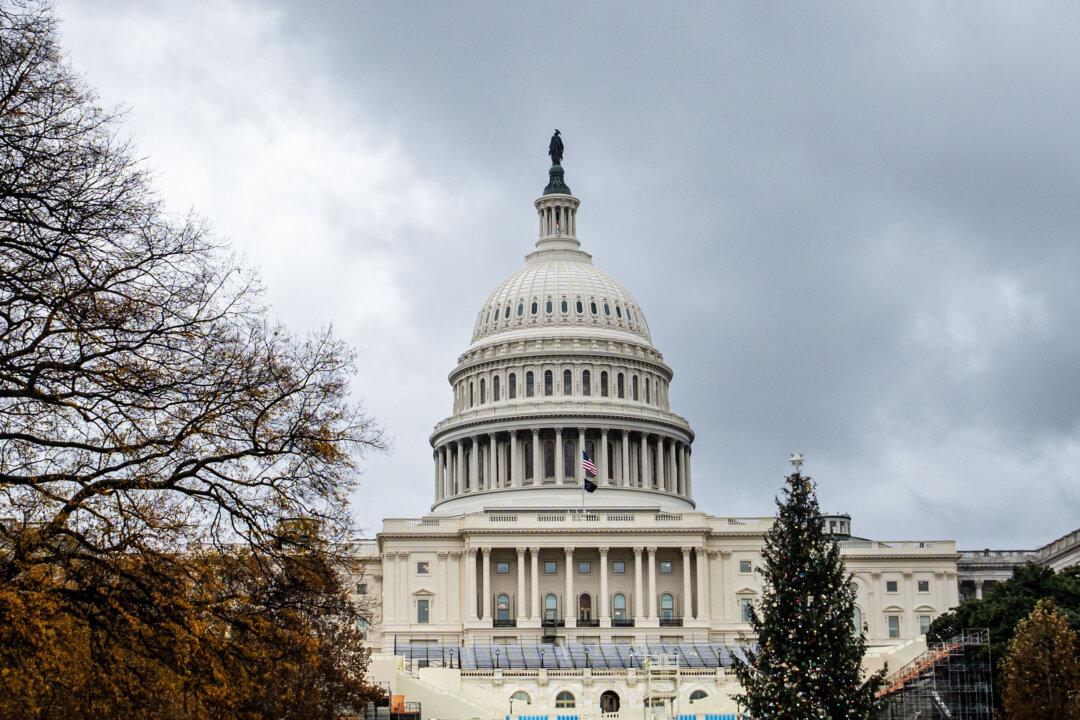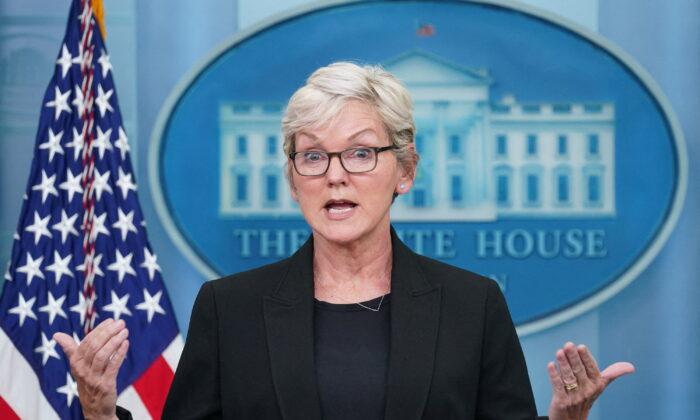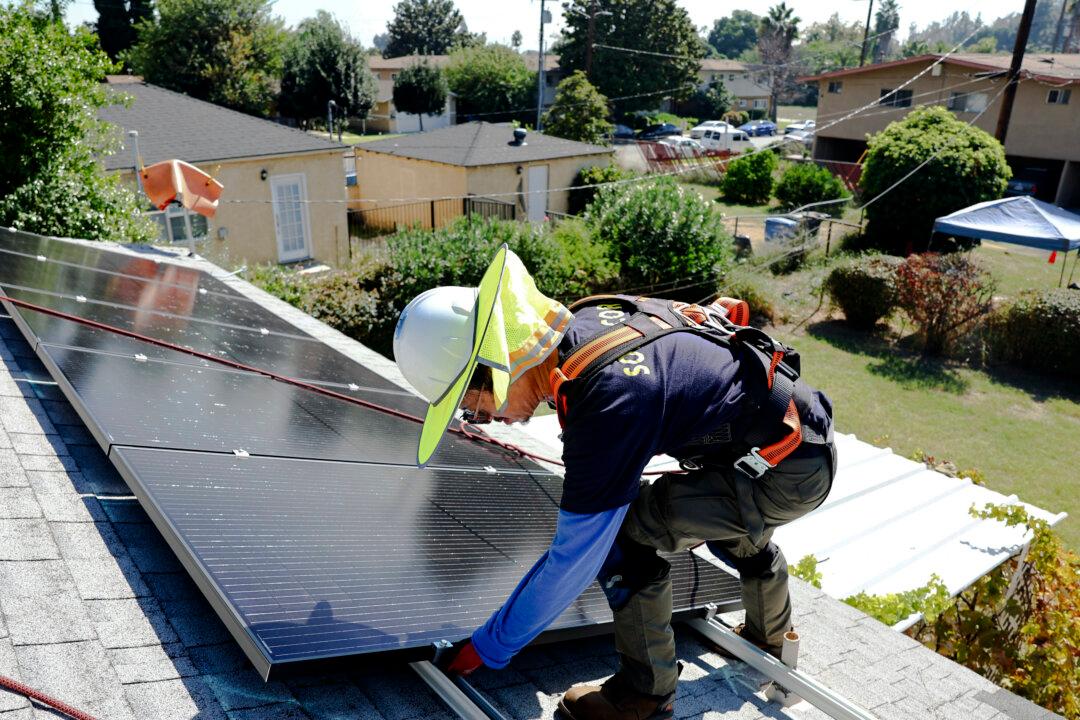A Fed report on manufacturing in New York state shows that the prices received index—which measures prices manufacturers are paid for the goods they produce—rose to a record high in early November, reflecting how input cost inflation is filtering down through the supply chain and pushing up prices for end consumers.
The prices paid index, which reflects input costs for manufacturers, edged up four percentage points to 83.0—just slightly below its record high of 83.5 reached in May, “signaling ongoing substantial increases in both input prices and selling prices,” the report said.
The data from the New York Fed manufacturing report reinforces the view that producers are passing on much of the higher cost of raw materials and other inputs, adding to concerns about consumer price inflation as higher production costs tend to trickle down to consumers.
But that becomes less likely the longer the supply chain bottlenecks persist, the ING team argued, “which means that we expect goods inflation to further increase over the coming months and to remain elevated throughout the first half of the year as pipeline pressures remain fierce.”

Looking ahead, firms responding to the Empire State Manufacturing Survey said they expected significant increases in prices going forward, with both the index for future prices paid and the future prices received index remaining near their all-time highs.
With consumer price inflation running at a 31-year high and producer prices at elevated levels, consumer expectations for what the rate of inflation will be in the future in the United States have also risen to all-time highs.
“Consumer sentiment fell in early November to its lowest level in a decade due to an escalating inflation rate and the growing belief among consumers that no effective policies have yet been developed to reduce the damage from surging inflation,” Richard Curtin, the survey director, said in a statement.
Inflation has emerged as a key theme of the post-pandemic economic recovery, rising faster than wages and eroding the purchasing power of Americans.
“Inflation concerns are weighing on consumer confidence, and with an annual rate of north of 6 percent, this will only continue,” Bankrate Chief Economic Analyst Greg McBride told The Epoch Times in an emailed statement.
“Consumers are feeling it in the pocketbook at the gas pump, grocery store, and tenants in many parts of the country could get sticker shock at their next lease renewal,” McBride said, predicting that supply chain bottlenecks “will be with us well into 2022, and with that, upward pressure on prices.”
Meanwhile, the Empire State Manufacturing Survey’s headline general business conditions index, a measure of overall business conditions, shot up 11.1 points to 30.9 in November, with Fed analysts describing business activity in New York state as continuing to grow “strongly.”
“Looking ahead, firms remained optimistic that conditions would improve over the next six months, though optimism dipped,” the report’s authors noted.
The average workweek increased and employment grew at its fastest pace on record, the report also showed.





